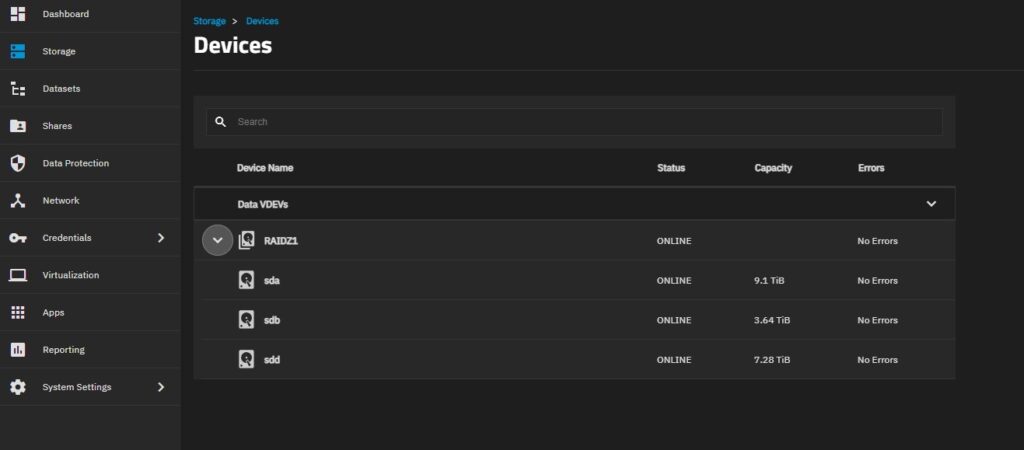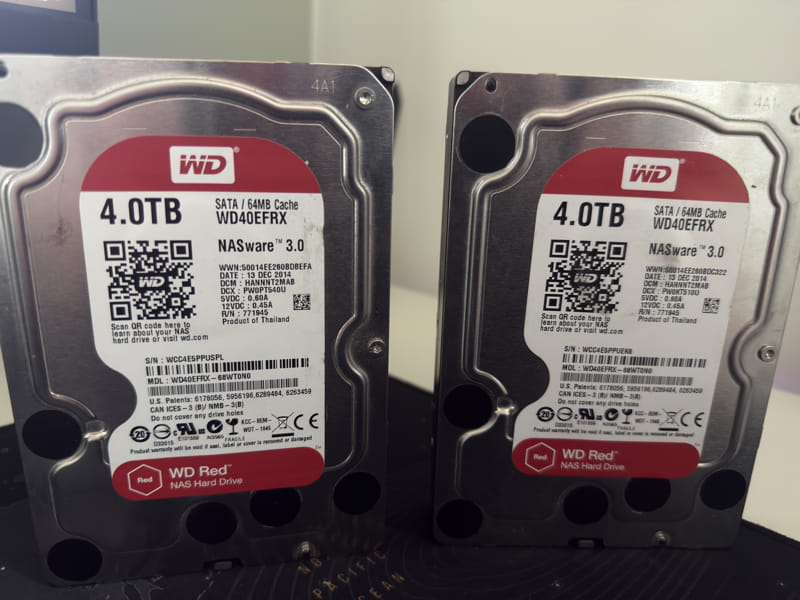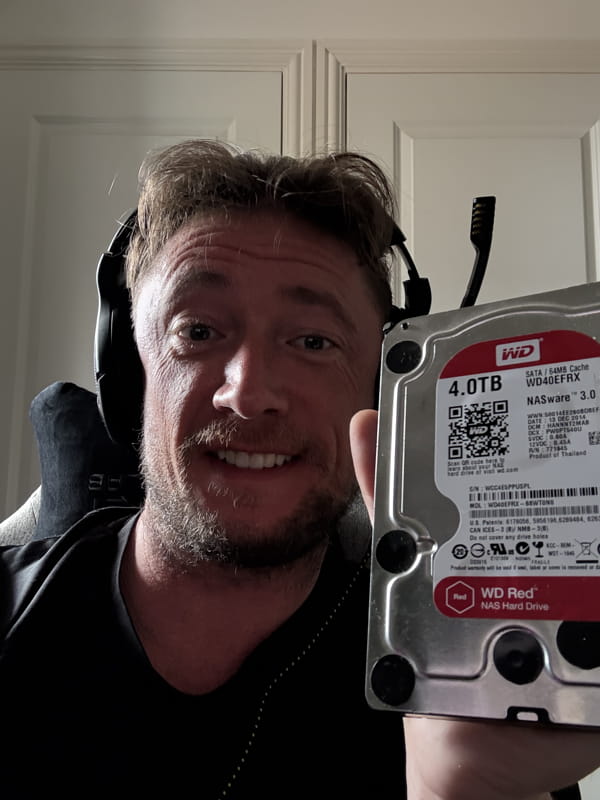After 10 years of near-continuous uptime, my WD Red 4TB drives finally started to fail. One threw serious SMART errors, the other began showing read faults soon after. While it’s the end of an era, it’s also a great opportunity to reflect on a setup that helped shape my career—and how I’m moving forward with Seagate IronWolf 10TB drives.
⚙️ 10 Years of Reliable WD Reds
My original configuration was simple but powerful:
- 2 x WD Red 4TB drives in a mirror via Windows Storage Spaces
- SSD mirror for high-speed VMs
- Deduplication enabled to maximize storage efficiency
Performance was great. Writes matched single-drive speed, but reads were faster due to parallel access across both disks. This setup supported dozens of VMs, lab environments, and serious technical experimentation.
💻 This Homelab Built My Career
Here’s what I ran regularly:
- Windows Server domain with AD, DNS, DHCP, and WDS
- Exchange labs to simulate Office 365 migrations
- Hyper-V VMs for hands-on learning
- Windows deduplication to stretch my storage even further
I’d stay up late, labbing out real-world issues I encountered during the day. Owning my own hardware meant no cloud bills, no shared labs—just total control. That edge helped me transition into consulting roles and deliver better solutions, faster.
⚠️ The Drives Finally Failed
Recently, things took a turn:
- The first WD Red 4TB began reporting critical SMART errors
- I replaced it with a Seagate 8TB
- The second started throwing read errors, so I installed a Seagate 10TB IronWolf NAS drive
It’s not an ideal mirrored pair—but it works. The mismatch hasn’t impacted performance. Eventually, I’ll swap the 8TB for a second 10TB.
🔗 Check the Seagate 10TB IronWolf NAS drive on Amazon
🔁 Why I Chose the Seagate IronWolf 10TB
The ST10000VN0008 offers:
- 10TB of NAS-grade storage
- 7200 RPM for strong sustained performance
- 256MB cache and SATA 6Gb/s interface
- Optimized for 24/7 use with NAS-grade endurance
It’s a solid upgrade path, and while I’m not running an enterprise NAS, I still value reliability and performance in my homelab.
🚀 From Windows to TrueNAS
After changing roles and using the lab less, I switched from Windows to TrueNAS. I lost some virtualization features (due to aging hardware), but gained:
- Rock-solid ZFS-based storage
- Simple UI for sharing, monitoring, and managing
- Lower overhead and fewer moving parts
My new setup includes:
- SSD pool for apps
- HDD pool (RAID-Z1) for media and archival
- Services like Plex, Cloudflare Tunnel, and Immich
🖼️ Immich Tip:
Run the app on SSD, but store the photos on HDD—easy performance win and avoids cloud storage fees.
🗃️ Current Mixed Drive Setup
- 1 x 8TB
- 1 x 10TB IronWolf
- Running as a mirrored pair (for now)
No performance issues yet, but the long-term plan is to replace the 8TB with another 10TB IronWolf, and repurpose the 8TB for offline backups of my TrueNAS volumes.

🧠 Lessons from a Decade-Old Lab
This setup taught me everything from server roles to Exchange migrations. It let me test, break, and rebuild real-world systems from scratch.
Even in a less technical role today, that experience continues to pay dividends.
📝 Final Thoughts
If you’re thinking of setting up a homelab, there’s no better teacher than real hardware. My original WD Reds went a full 10 years—and this journey from Windows Storage Spaces to TrueNAS reflects how much you can do with the right tools.
Now with Seagate IronWolf 10TB drives, I’m ready for the next decade. (He says hopefully!)
🔗 Upgrade your NAS with the same Seagate 10TB IronWolf I’m using – check the latest price on Amazon

